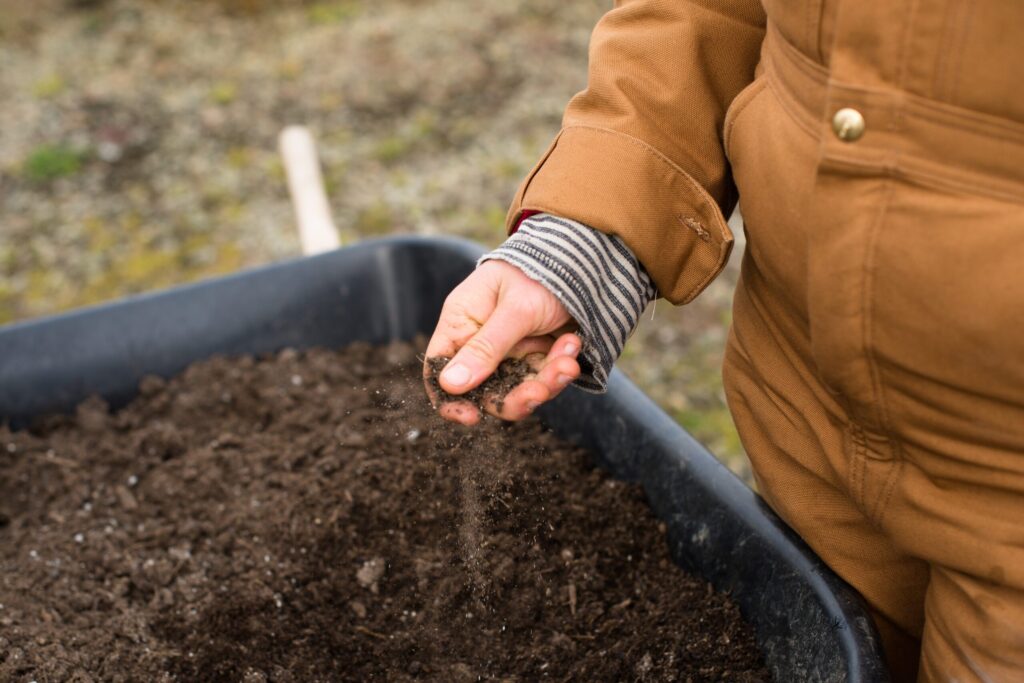Disposable plastic products have revolutionized convenience in daily life, yet they pose severe environmental challenges. Globally, we produce around 400 million tonnes of plastic waste annually, much of which lingers in landfills for centuries or releases harmful gases when burned. Compostable bags offer a sustainable alternative, breaking down into water, carbon dioxide, and tiny fragments (under 2 mm) in specific conditions, helping safeguard our planet.
Why Choose Compostable Bags?
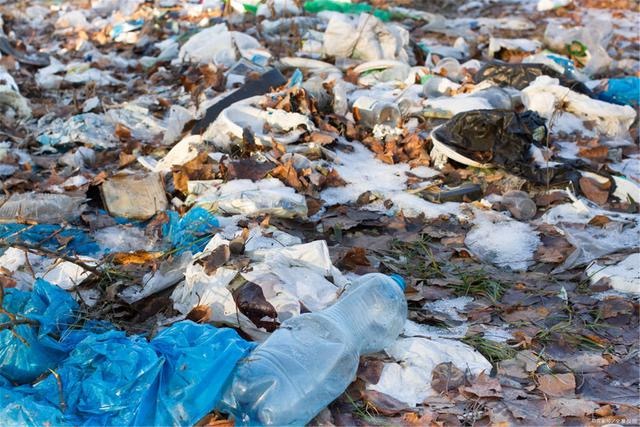
Traditional plastic bags can endure in landfills for hundreds of years, while incineration pollutes the air with toxic emissions. Compostable bags, however, decompose into harmless substances under the right conditions, alleviating landfill strain and reducing ecological damage. Opting for compostable bags is a meaningful step toward sustainable living.
How to Distinguish Compostable Bags? Key Features at a Glance
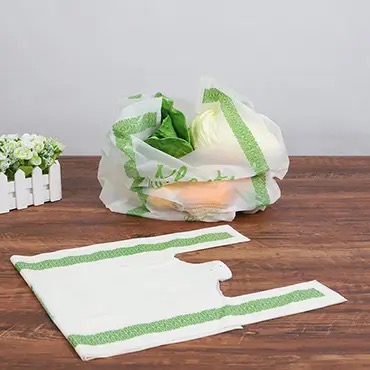
You can identify compostable bags by their texture, smell, appearance, and labeling. Here’s a quick comparison with traditional plastic bags:
| Feature | Compostable Bags | Traditional Plastic Bags |
|---|---|---|
| Texture | Soft, silky, like lightweight fabric | Stiff and rigid |
| Smell | Mild cereal-like scent (e.g., oatmeal) | Sharp chemical smell or none |
| Appearance | Matte and opaque | Glossy or transparent |
| Labeling | Certifications like BPI, ASTM D6400, or EN 13432 | Often marked with a recycling symbol |
| Shelf Life | Up to 1 year | Over 5 years |
While texture and smell offer hints, certification labels are the most dependable way to confirm a bag’s compostability.
Practical Tips for Storing Compostable Bags
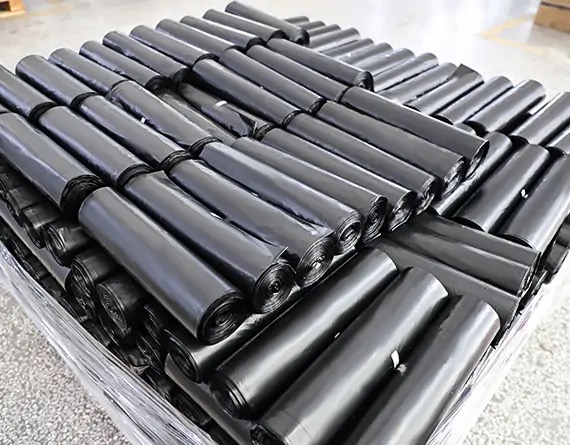
Since compostable bags degrade faster than traditional plastics, proper storage is essential:
- Storage Conditions: Store in a cool, dry place, away from sunlight and heat. Excess moisture can kickstart decomposition early.
- Shelf Life Management: Most last 6-12 months—check the production date and use them within this window.
- Inventory Control: Purchase only what you’ll use to avoid waste due to their limited lifespan.
Good storage practices ensure they remain functional while maximizing their eco-benefits.
How Do Compostable Bags Decompose?
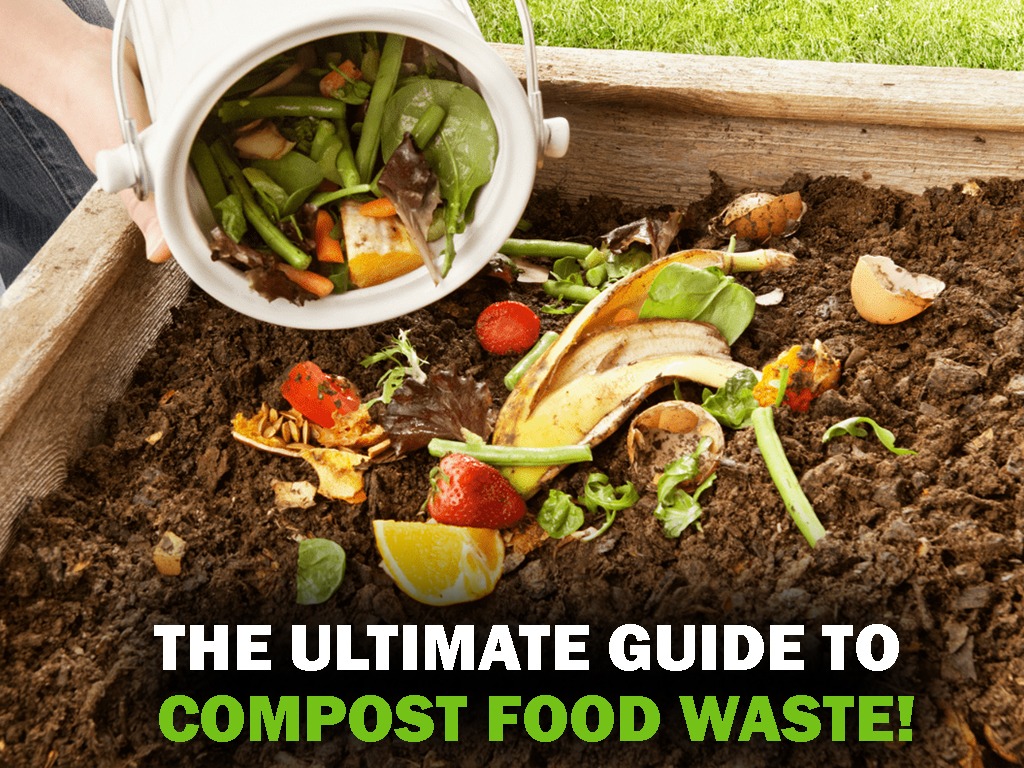
Knowing how these bags break down helps with proper use and disposal:
- Commercial Composting: Bags meeting ASTM D6400 or EN 13432 standards thrive in industrial facilities with controlled heat, humidity, and microbes.
- Home Composting: If labeled for home use, maintain a compost pile with airflow, balanced moisture, and a mix of “greens” (e.g., food scraps) and “browns” (e.g., dry leaves).
- Landfilling: In anaerobic landfills, decomposition slows significantly, so composting is the best option.
Check your local waste services—some regions provide compostable bag collection.
Certifications and Types

To dive deeper:
- Certification Standards: ASTM D6400 governs industrial composting in the U.S., while EN 13432 is Europe’s standard. Look for these to ensure quality.
- Types of Compostable Bags: Made from PLA (polylactic acid), PBAT (polybutylene adipate terephthalate), or starch blends, each varies in decomposition speed and strength.
- Environmental Impact: Though greener than traditional plastics, their production still uses resources. Reducing consumption and reusing remain key to sustainability.
Conclusion
Distinguishing compostable bags, storing them correctly, and disposing of them properly empowers us to protect the environment. Choosing these bags isn’t just practical—it’s a pledge to a cleaner future. Let’s take small steps together to curb plastic pollution.
